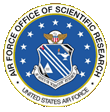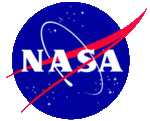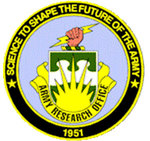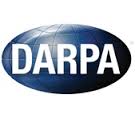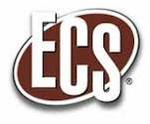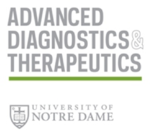Research
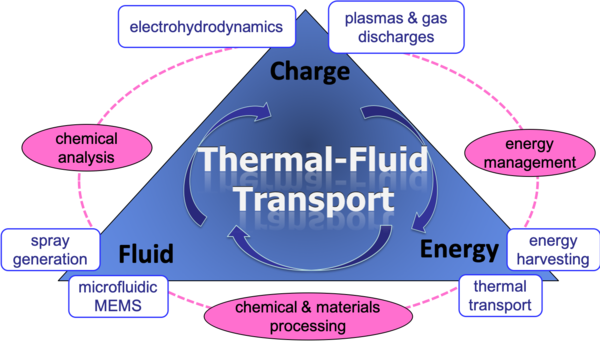
In the Go Research Group, we study fundamentals and applications of charge, fluid, and energy transport and their many combinations. We approach these topics theoretically, computationally, and experimentally, ranging from basic phenomena to technology development. Below are overviews of our interests and current activities.
Plasma Science and Engineering
Low-temperature, non-equilibrium plasmas and gas discharges are incredibly reactive chemical and physical systems formed by the application of high voltages. Plasma and plasma-related technologies have had a huge impact on society. They form the backbone of computer chip fabrication, are essential in critical fields of chemical analysis, are ubiquitous in consumer products (lighting and plasma T.V.s), and are growing into new fields such as environmental monitoring and biological remediation. In our group, we study a wide variety of plasma systems and applications, tackling challenges ranging from how to control the chemistry induced by the plasma to the development of new plasma sources and understanding fundamental plasma behavior. Active areas of interest include plasma electrolysis, plasma catalysis, plasma-driven airflow, energy conversion plasmas, and microplasmas. To learn more about this topic, check out Prof. Go’s primer on the subject!
Sprays and Microfluidics
New technologies for chemical and biological analysis can be extremely impactful in society, from understanding detecting contaminants in water supplies to diagnosing disease. In our group we have focused on microfluidics and mass spectrometry. Microfluidic devices can be used to manipulate small amounts of fluid (~0.01-1 mL) at scales from 100 nm to 1 mm. We use surface acoustic wave (SAW) techniques to manipulate fluids, where SAW devices use the electromechanical coupling of piezoelectric materials to generate surface waves on piezoelectric crystal. When the wave interacts with a liquid, it can pump, mix, and spray the liquid. We also look at electrical actuation of fluids to form electrosprays, or the spray of micron-sized droplets by the application of high electric fields. We consider both DC and AC phenomena using high-speed imaging and electrical measurements. Active areas of interest are focused on developing integrated microfluidic devices for biological analysis. To learn more about the history of this effort, check out Prof. Go’s blog post.
Energy Management and Heat Transfer
Heat transfer and energy management are crucial for all technologies - literally everything will stop functioning if it gets too hot. In our group, we study heat transfer, thermal management, and energy conversion in many different contexts. Active areas of interest include thermal modeling and analysis in advanced manufacturing and for thermal energy conversion. To learn about the impact of this research, check out this news post on a software that was developed to optimize additive manufacturing.
Sponsors (current and former)
